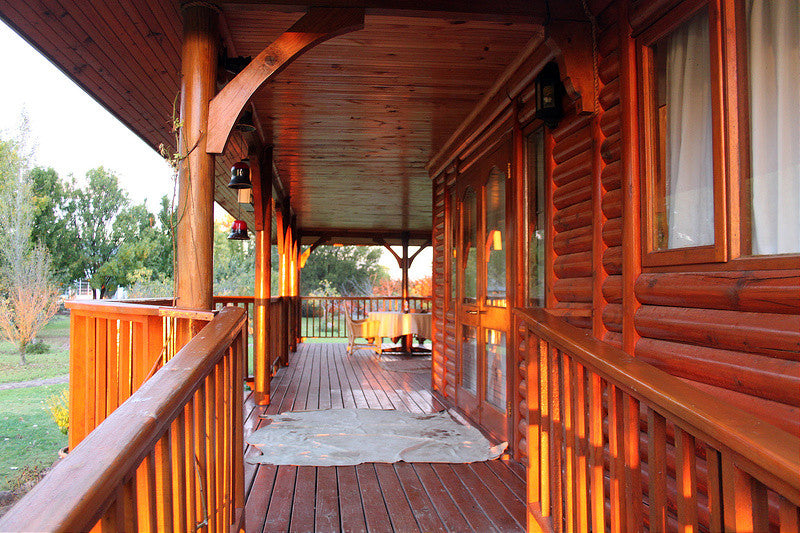4 Things to Check When Buying an Existing Log Home

Many people dream of buying a log cabin in the mountains or a log home on the prairie. These beautiful houses look great no matter where you build them, but if you're buying an existing log home, you need to examine it carefully before you head to the closing table.
Check for Insect Activity
Although termites are often synonymous with wood destruction, other insects eat wood too, such as beetles. You'll want to inspect the home carefully for any insect activity, so you don't buy a home that demands an overhaul six months down the road. Pay particular attention if the home's logs touch the ground.
You can also hire a pest control company to inspect the home. While it might set you back a few bucks, you'll know whether you're buying a dream home or trouble waiting to happen. This is particularly important if you don't know the signs of insect or wood-boring activity.
Examine the Wood
Take a hard look at the wood on all sides of the house. Have the joints been properly chinked? If not, the house could lack structural integrity. A lack of chinking means one of two things: either give up on the house or chink it yourself as soon as you buy it.
Look for signs of moisture damage, rot, mold, mildew, and other issues with the wood as well. You should see slight imperfections in the logs — they're signs of character and purity — but you'll want to flag anything unusual so that you can ask an expert about it.
Look for Overhangs
Moisture and UV rays are two of the log home's most significant enemies. That's why many houses feature deep overhangs and eaves. They provide shade for the home and encourage rain to run off the roof and into the grass around the home instead of against the logs.
You can use log home supplies to protect your home against moisture and UV damage, but overhangs help stop the problem before it starts. Since you're buying an existing log home, you might want to add this feature to your list of priorities.
Examine the Interior
It's understandable to find yourself entranced by a log home's exterior beauty, but your inspection shouldn't stop on the porch. Go inside and look for any signs of moisture damage. If the inside features drywall, look for dark spots on the walls or warping. Pay attention to the ceiling as well. Should you see any signs of sagging or discoloration, there could be a moisture issue. For interior logs, pay attention to any dark spots that could suggest mold. You don't want to breathe mold spores while you're unpacking your belongings.
Buying an existing log home doesn't have to prove stressful as long as you pay attention to the important features. Once you choose a home, you can use log home supplies to keep it protected from the elements and even more beautiful than the day you bought it.
Image via Flickr by flowcomm
